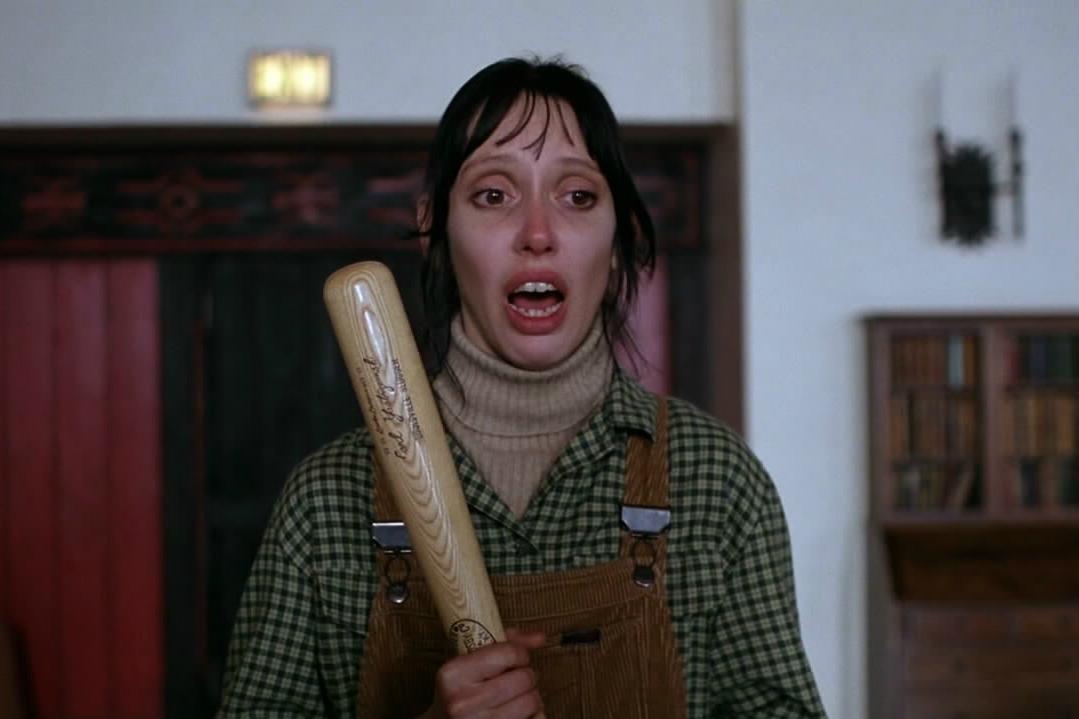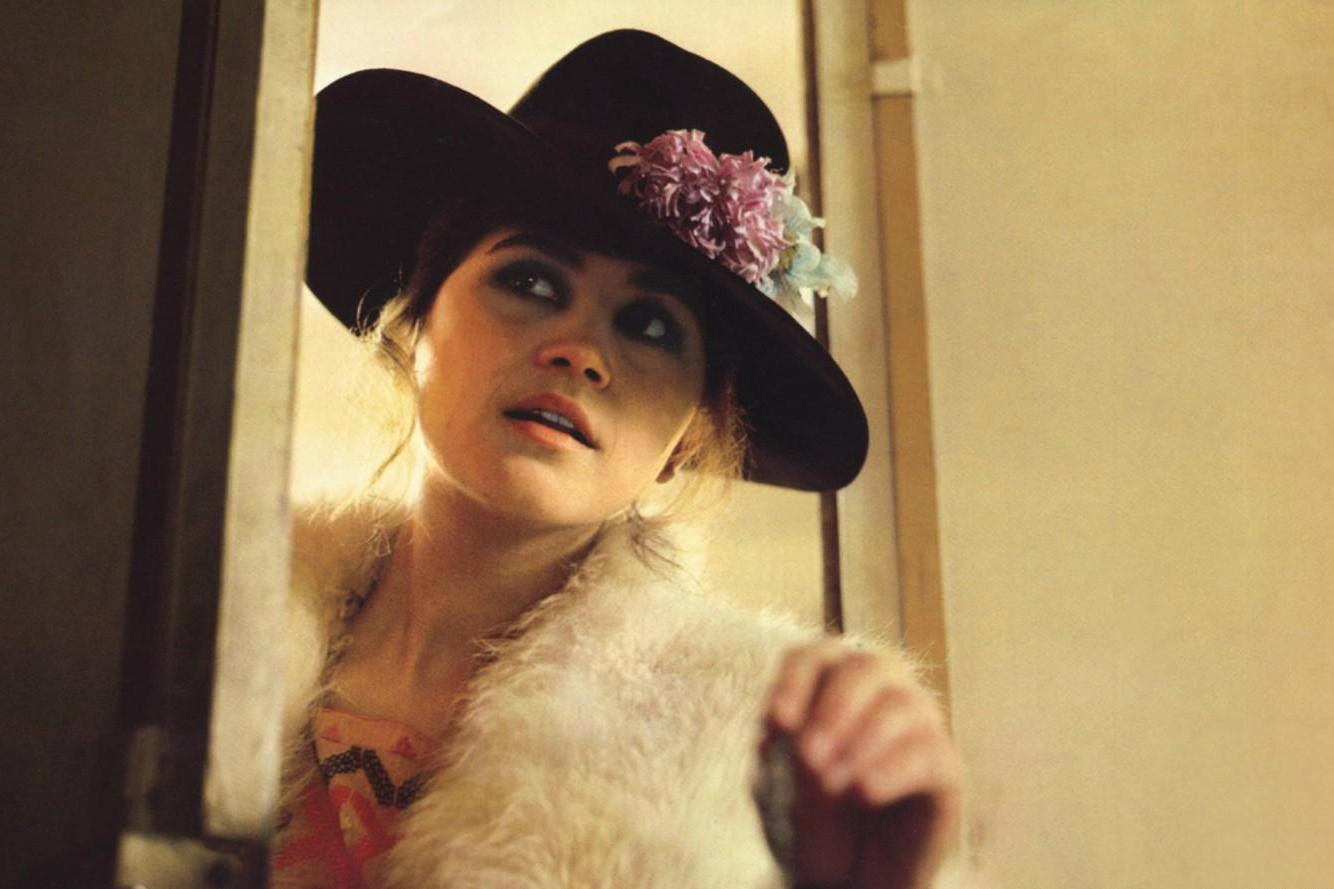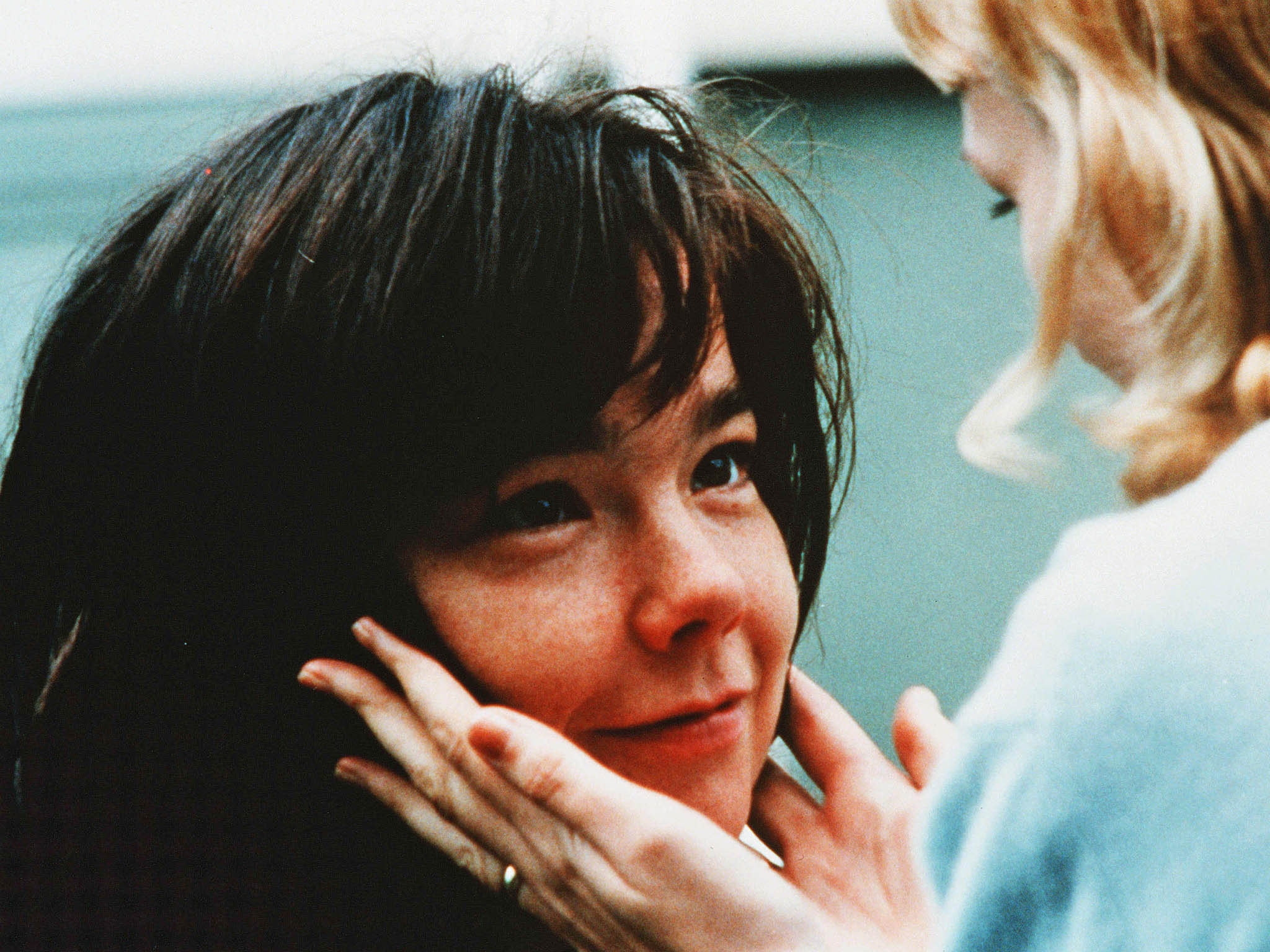Why do we excuse male directors like Quentin Tarantino for making women suffer 'for the sake of art'?
It's time to question the image of the unimpeachable, godlike male auteur
Your support helps us to tell the story
From reproductive rights to climate change to Big Tech, The Independent is on the ground when the story is developing. Whether it's investigating the financials of Elon Musk's pro-Trump PAC or producing our latest documentary, 'The A Word', which shines a light on the American women fighting for reproductive rights, we know how important it is to parse out the facts from the messaging.
At such a critical moment in US history, we need reporters on the ground. Your donation allows us to keep sending journalists to speak to both sides of the story.
The Independent is trusted by Americans across the entire political spectrum. And unlike many other quality news outlets, we choose not to lock Americans out of our reporting and analysis with paywalls. We believe quality journalism should be available to everyone, paid for by those who can afford it.
Your support makes all the difference.To hear of Uma Thurman’s experience in Hollywood is to expose its monstrous gulf. Here is an individual who has been built up in our culture as the undefeatable goddess, the ultimate warrior woman, standing strong in her yellow and black tracksuit from Kill Bill.
But that image corrupts beyond the silver screen. In a recent New York Times interview, she alleged director Quentin Tarantino persuaded her into driving a car that she’d deemed too unstable to drive – a “death box”, in her own words – to create Kill Bill: Volume 2’s opening sequence. The stunt ended in her hospitalisation when the car crashed into a tree, leaving her with lifelong injuries. (Tarantino responded by calling his decision “the biggest regret of my life”.)
Thurman further alleged Tarantino had spat on her face and choked her with a chain while filming some of Kill Bill’s other famous sequences, a reflection of what Diane Kruger described during the press tour for Inglorious Basterds in 2009, also claiming the director had choked her for a scene.
All, supposedly, to achieve complete control over a particular shot. But to what end? And after what sacrifice? “They put her life, her dignity, her sanity in danger,” Asia Argento, actor and activist, wrote about Thurman on Twitter. Why must women suffer to serve the artistic fantasies of men?
Certainly, problematic behaviour by directors isn’t solely directed at women. Malcolm McDowell nearly suffered permanent eye damage during the filming of A Clockwork Orange’s most famous sequence; meanwhile, David O Russell has earned a reputation his on-set screaming matches, once getting into a physical fight with George Clooney on the set of Three Kings, while David Fincher is known for forcing a tortuous amount of takes out of his cast and crew.
Yet, these actions have a long history of being circulated as wry anecdotes, proof of “eccentric genius”. Our current culture judges the infliction of suffering on others – physical or emotional – as an object of celebration for male artists. A pinnacle of artistic pursuit. And yet, if a female director does so much as speak her own mind, she’s immediately made a pariah under the label of “difficult” – see Lynne Ramsay, who was penalised for attempting to gain creative control over Jane Got a Gun and eventually left the project.
In reality, it’s impossible to divorce gender from these discussions; not when history has been so dominated with stories of male directors inflicting focused, sustained torment upon their lead actresses. The ones often heralded as the “muse”. Thurman and Tarantino have certainly fit the label in the past, so have the likes of Alfred Hitchcock and Tippi Hedren. Yet a muse, in her essence, is a concept which places woman as the vessel, as the source, with the man able to take from her his inspiration and drive without ever offering the opportunity for equal partnership.
Stanley Kubrick, for one, did nothing but take from The Shining’s Shelley Duvall. As the stories go, he deliberately created a hostile environment around her, alienating her from cast and crew, while demanding a record-breaking 127 takes from her for the baseball bat scene.

By the end of the shoot, her hair was falling out in clumps. He took and took and took. Where was Duvall’s return? The credit for her tortured, broken performance as Wendy Torrance all went to Kubrick. “After all that work, hardly anyone even criticised my performance in it, even to mention it, it seemed like. The reviews were all about Kubrick, like I wasn’t there,” she once said.
Actors will sometimes purposefully recreate the emotional conditions of personal trauma, or submerge themselves in an environment under which those emotional conditions can authentically arise. The extent to which that practise, often discussed as “method acting” (correctly or incorrectly), is worth personal sacrifice stands as its own discussion, but it’s striking how those methods have long been heralded when practised by men (Daniel Day-Lewis, Leonardo DiCaprio) and largely absent when discussing the approaches of women.
Instead, that process seems so often wrenched from their hands, circumnavigated by the controlling hands of the “great male auteur”. Why are these women not trusted with creating their own journey to authenticity? Their own approaches to the material? Any actor will know their own physical and emotional limits when it comes to a role, they will know what helps them submerge deeper into character and what crosses boundaries into personal violation. How could we dare give that right of choice to another individual?
Bernardo Bertolucci admitted in a 2013 interview that he had withheld details from Maria Schneider about Last Tango in Paris’s sexual assault scene, specifically the use of butter, as he wanted her to react “as a girl, not as an actress”. Not only does Bertolucci, in this instance, have no trust in Schneider delivering the right reaction on her own terms, but his actions are a complete personal violation that left a deep mark on Schneider herself.

All while Bertolucci remained free of repercussions, and more than willing to take the credit for Schneider’s pain. In 2007, she admitted: “I felt humiliated and to be honest, I felt a little raped, both by Marlon [Brando, her co-star] and by Bertolucci.”
It’s within unequal power dynamics that abuse and violation can arise; no surprise, really, that stories of directors tormenting their actresses can often be attached to allegations of sexual harassment.
Tippi Hedren has said Alfred Hitchcock developed a disturbing fixation on her, bullying her on set – the scratches on her face in The Birds are real, as he started throwing live birds at her while filming – while attempting to control every aspect of her life off set, threatening to end her career if she didn’t sleep with him.
The combative relationship between Björk and Lars Von Trier while filming Dancer in the Dark is a well-trodden tale, with her supposedly becoming so frustrated with him that she ate part of a blouse. Last year, she came forward to allege that a nameless director (though the references to Von Trier are clear) had sexually harassed her on a set, whispering sexual offers to her with “graphic descriptions”. She added that the stories about the blouse were fabricated to paint her as the difficult, erratic one.

Whether as a director using actresses like a puppet to their whims, or abusing the implicit trust of the creative relationship to harass women, these actions inevitably come down to desires to possess and to control. It’s a conversation about power and one that needs to encompass how we’ve helped build up the image of the unimpeachable, godlike male auteur.
Voices we celebrate for their total dominance, their provocation. But why is this the environment we imagine art is best created? It sets up an absurd logic: by defending abusive behaviour, are we making the statement that a work like The Shining is only great because it was created out of someone’s suffering? Could it have never been great despite it?
What of all the great works that have been created not through the lens of the controlling auteur, but by those who emphasise creation through collaboration? What of the great works by women, who never had such a pathway open to them in the first place?
If there’s a hopeful view to be found, look only to some of last year’s great films, created by directors praised for an open, supportive approach to their work: Dee Rees and Mudbound, Greta Gerwig and Lady Bird, Jordan Peele and Get Out, Guillermo Del Toro and The Shape of Water. In them, the future of filmmaking surely must lie.
